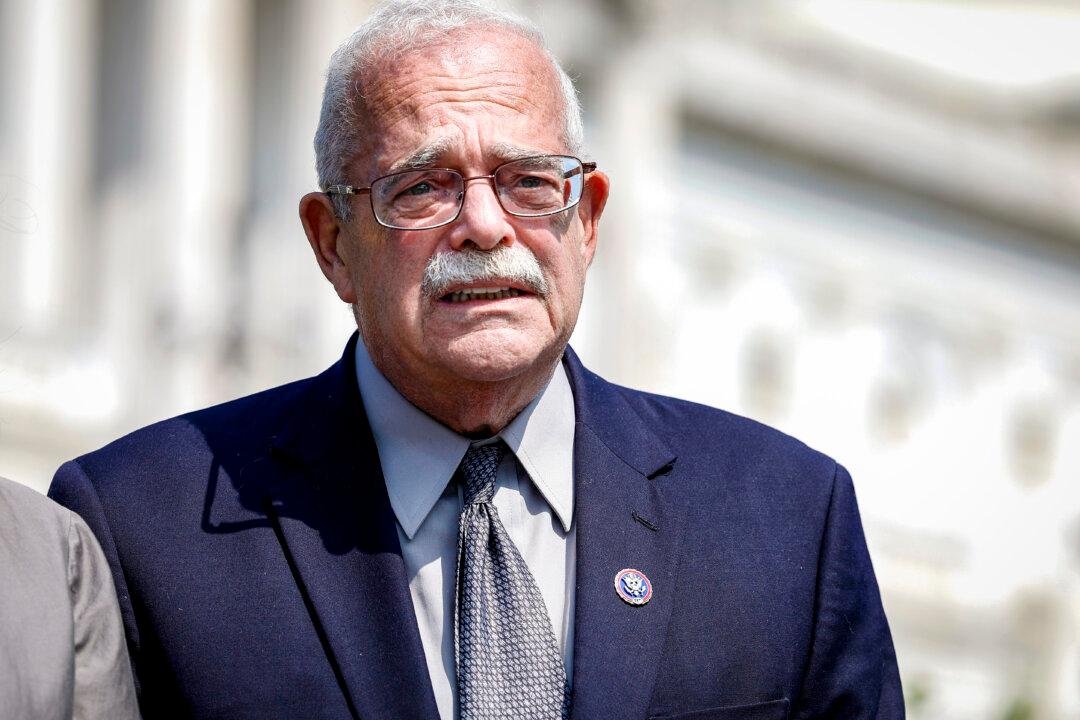After the sensitive health information of some members of Congress and hundreds of congressional staffers was exposed last week by the DC Health Link data breach, the Senate Committee on Homeland Security and Governmental Affairs is exploring ways to prevent future cyberattacks.
“Cyberattacks on hospitals and other health care providers can cause serious disruptions to their operations and prevent them from effectively providing critical, lifesaving care to their patients,” Committee Chairman Gary Peters (D-Mich.) noted during a March 16 hearing on the matter. “Breaches can also lead to the exposure of sensitive personal and medical information of patients and health care personnel.”





